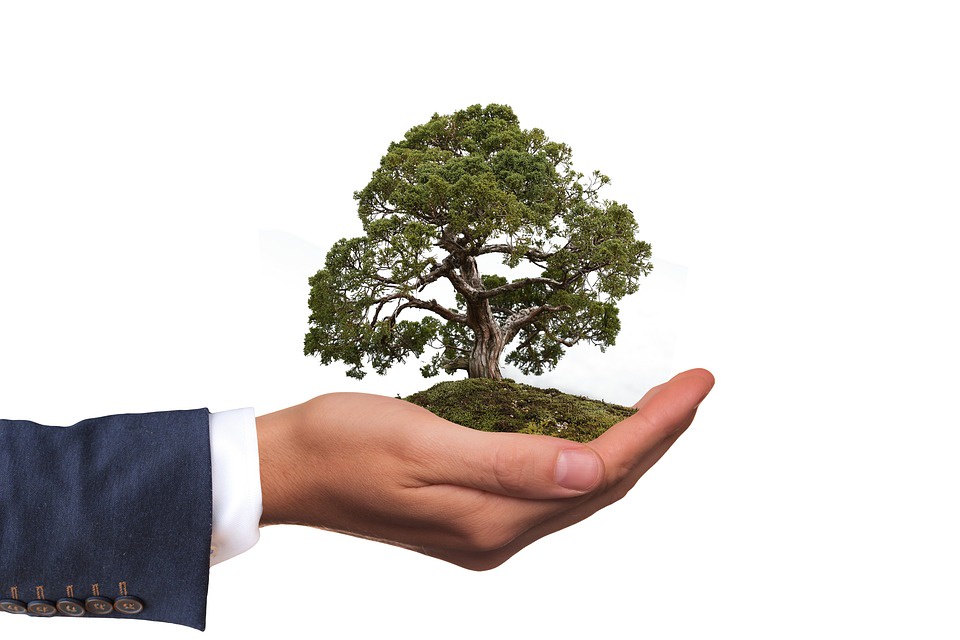Ecological restoration is repairing sites in nature whose biological communities (interacting groups of various species in a standard location) and ecosystems have been degraded or destroyed. In many ecosystems, humans have altered local native populations of plants and animals, introduced invasive species, converted natural communities to extractive use (such as agriculture or mining), fouled waters, and degraded soil resources. Ecological restoration focuses on repairing the damage human activities have caused to natural ecosystems and seeks to return them to an earlier state or another state closely related to one unaltered by human activities. Ecological restoration is distinguished from conservation, primarily concerned with preventing further ecosystem losses.
How are bio and ecology restoration different?
Bio restoration refers to restoring damaged or degraded ecosystems using living organisms, such as plants and animals. Ecology restoration, on the other hand, is a broader term that refers to restoring the balance and function of an ecosystem, which may involve both biotic and abiotic elements. While there is some overlap between the two terms, bio-restoration tends to focus more on using living organisms to restore ecosystems. In contrast, ecology restoration encompasses a broader range of techniques and approaches.
Biological and ecological restoration are closely related but not precisely the same. Physical rehabilitation refers to using living organisms, such as plants and animals, to restore damaged or degraded ecosystems. This can include reforestation, wetland restoration, and habitat restoration for endangered species.
On the other hand, ecological restoration is a broader term that refers to repairing and rehabilitating damaged or degraded ecosystems. This can include biological and non-biological approaches, such as removing pollutants, controlling erosion, and restoring hydrological systems. Ecological restoration aims to return an ecosystem to a more natural state and improve its overall health and functioning.
Both biological and ecological restoration is essential for preserving and protecting the environment, and they often overlap in practice. However, the specific approaches and techniques used can vary depending on the particular ecosystem and the goals of the restoration project.
What are the benefits of bio and ecology restoration?
Ecological restoration has numerous benefits for both the environment and humans. On an environmental level, restoration can help to repair damaged or degraded ecosystems, allowing them to function more efficiently and support a greater diversity of plant and animal life. This can also help mitigate climate change's impacts by increasing the amount of carbon sequestered in vegetation and soil. For humans, restoration can provide numerous economic benefits, such as increased tourism and recreation opportunities and aesthetic and cultural values. It can also help to protect against natural disasters, such as floods and erosion, by stabilizing and strengthening the landscape. Overall, ecological restoration is a crucial tool for conserving and improving the natural world for the benefit of both the environment and humanity.
How is bio and ecology restoration carried out?
There are many different approaches to carrying out bio and ecology restoration, depending on the specific goals and context of the project. Some common steps involved in the restoration process include:
- Assessing the current state of the ecosystem: This involves collecting data on the existing plant and animal life, as well as the physical and chemical characteristics of the ecosystem.
- Developing a restoration plan: Based on the assessment of the ecosystem, a restoration plan outlines the specific actions and techniques that will be used to restore the ecosystem.
- Implementing the restoration plan may involve removing invasive species, planting native vegetation, and reintroducing native animal species.
- Monitoring and evaluation: The success of the restoration project is often monitored and evaluated over time to ensure that the desired outcomes are being achieved and to make any necessary adjustments to the restoration plan.
It is important to note that the restoration process can be complex and may involve various techniques and approaches, depending on the specific goals and context of the project.
The future of bio and ecology restoration
The future of bio and ecology restoration looks promising as more and more people become aware of the importance of preserving and restoring natural ecosystems. There is a growing recognition of the many benefits that restoration can provide, including mitigating the impacts of climate change, supporting biodiversity, and improving human health and well-being. In the coming years, restoration efforts will continue to increase in scale and complexity as the need for these efforts becomes increasingly urgent. New technologies and approaches are being developed to help facilitate and accelerate the restoration process, such as techniques for removing invasive species, restoring degraded soils, and reintroducing native plant and animal species. Hopefully, these efforts will lead to a future in which ecosystems are more resilient, diverse, and able to support a wide range of plant and animal life.
Conclusion:
In conclusion, bio and ecology restoration are essential for conserving and improving the natural world. Bio restoration involves using living organisms, such as plants and animals, to restore damaged or degraded ecosystems. Ecology restoration is a broader term that refers to the process of restoring the balance and function of an ecosystem, which may involve both biotic and abiotic elements. Both approaches have numerous benefits for both the environment and humans, including mitigating the impacts of climate change, supporting biodiversity, and improving human health and well-being. The future of bio and ecology restoration looks positive as increasing numbers of individuals and organizations work to protect and restore the natural world.


No comments yet